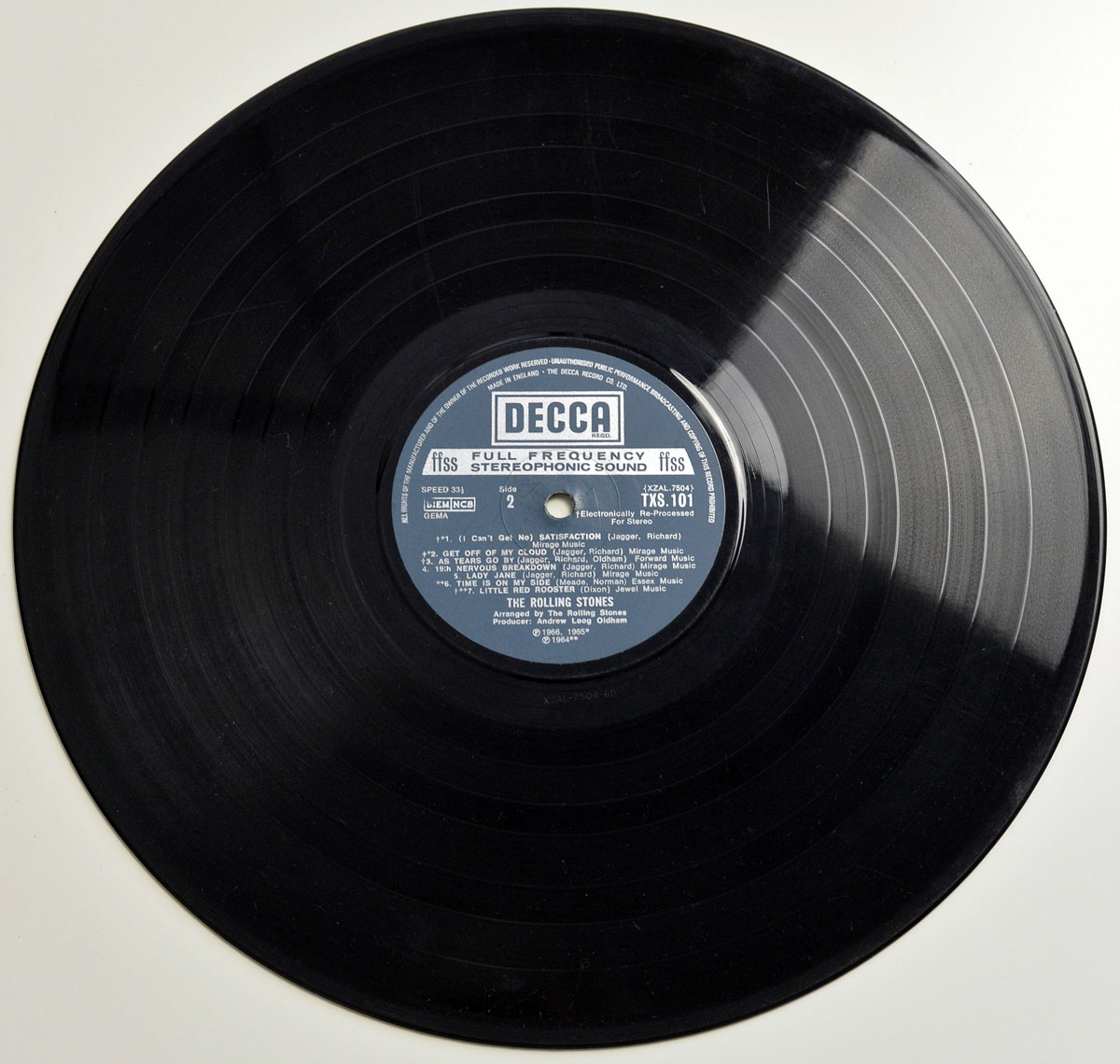Have you ever seen an old movie or visited a vintage shop and noticed a sign that seems strangely out of place? These aren’t just relics of the past; they represent a fascinating snapshot of bygone eras and technological shifts. This article explores eleven such signs and disclaimers, once commonplace but now obsolete due to societal changes and technological advancements. We’ll journey through the evolution of Media Consumption, transportation, and public health, all through the lens of these Forgotten Phrases.
From the simple act of watching a movie to the complexities of Public Health Regulations, These Signs Reflect How Far we’Ve Come. Each one tells a story, a small piece of a larger narrative about progress and the changing World Around Us. Prepare to be surprised at how Quickly Things Change, and how even the simplest signs can reveal so much about history. We’ll start with the familiar “Please rewind,” and move on to some less obvious examples of how society’s expectations and technologies have evolved.
One of the earliest examples we’ll examine is the subtle yet significant shift in audio technology. Remember seeing the reassuring message, in stereo where available? This once-important disclaimer highlights how quickly stereo sound moved from a luxury to a standard feature in television broadcasting and home entertainment systems. This seemingly small change reflects a Broader Technological Leap Forward, showcasing the rapid pace of innovation in the entertainment industry.
obsolete signs and disclaimers
Let’s delve into the specifics of these once-Ubiquitous Signs. We’ll explore how each one reflects a specific technological or societal shift, from the simple convenience of pre-recorded media to the complex regulations surrounding public health and safety. These signs aren’T Just Words; they are tangible reminders of a world that, in many ways, feels quite different from our own.
The list includes signs that reflect changes in transportation, Such As “Unleaded Fuel Only,” a testament to the phasing out of leaded gasoline and its detrimental effects on the environment and public health. We’ll also examine signs related to Media Consumption, like “Brought To You In Living Color,” which highlights the transition from black and white to color television, and “Please Be Kind And Rewind,” a poignant reminder of the now-obsolete VHS tape era. These seemingly simple phrases encapsulate significant technological and cultural shifts.
 Cakes from Cartoons: Kids Books & Movie Inspired Cakes
Cakes from Cartoons: Kids Books & Movie Inspired CakesOther signs reflect changes in consumer habits and regulations. “No Deposit, No Return” reflects changes in bottle deposit laws, while “No Cyclamate” highlights the ban of this artificial Sweetener Due To Health Concerns. The film rating “GP,” later replaced by “PG,” demonstrates the evolution of film rating systems and societal attitudes towards children’s media. These examples, along with others like “Home Quarantine” signs and outdated marketing slogans like “Free TV! Telephones in Every Room!”, paint a vivid picture of how Quickly Our World Changes, even in seemingly minor details.
technological advancements and societal shifts
The obsolescence of these signs isn’t just about the disappearance of Specific Technologies; it’s a reflection of broader societal shifts and advancements. The move from “Unleaded Fuel Only” to universal unleaded fuel demonstrates not only technological progress in refining gasoline but also a growing awareness of environmental concerns and public health. Similarly, the disappearance of “No Cyclamate” reflects increased scrutiny of food additives and a greater focus on consumer safety.
The shift from “GP” to “PG” movie ratings shows a changing understanding of child development and appropriate media content. The near-universal adoption of color television, rendering “Brought To You In Living Color” unnecessary, marks a significant leap in broadcast technology and entertainment accessibility. These changes weren’T Isolated Events; they represent a larger trend of Increased Regulation, Technological Innovation, and a growing awareness of public health and safety.
Even the seemingly simple disappearance of in stereo where available signals a Massive Technological Shift. The widespread adoption of stereo sound in television and home entertainment systems highlights the rapid pace of technological innovation and its impact on everyday life. The fact that such a sign was once necessary underscores how quickly technology can become integrated into our Daily Routines, making once-remarkable features commonplace and expected. These examples highlight the interconnectedness of technological progress and societal change.
the evolution of media and entertainment
The evolution of media and entertainment is perhaps most clearly illustrated by the signs we’Ve Discussed. The shift from “Please Be Kind And Rewind” to on-demand streaming services represents a monumental change in how we consume media. The physical limitations of VHS tapes, with their susceptibility to damage and the need for rewinding, are a stark contrast to the instant access and digital permanence of Modern Streaming Platforms. This change reflects not only technological advancements but also a shift in consumer expectations and habits.
The transition from mono to stereo sound, signified by the fading away of in stereo where available, highlights the rapid improvement in audio technology and its integration into mainstream entertainment. The expectation of high-quality stereo sound today is a testament to the advancements made in audio engineering and the increasing demand for immersive entertainment experiences. This seemingly small shift reflects a broader trend towards higher fidelity and More Engaging Media Consumption.
Furthermore, the obsolescence of “Brought To You In Living Color” speaks volumes about the widespread adoption of color television. The initial excitement and novelty of color broadcasting are now simply taken for granted. This underscores how quickly technological advancements can become integrated into our everyday lives, transforming what was once a remarkable achievement into a standard expectation. The evolution of media consumption is a continuous process, constantly shaped by technological innovation and Changing Consumer Preferences.
changes in consumer habits and regulations
The disappearance of certain signs also reflects significant changes in consumer habits and regulations. The phasing out of “No Deposit, No Return” signals a shift towards more environmentally conscious practices and a greater emphasis on recycling and waste reduction. This change reflects a growing awareness of environmental concerns and a willingness to implement policies that encourage sustainable consumption. The shift wasn’T Solely Technological; it involved changes in legislation and Consumer Behavior.
Similarly, the removal of “No Cyclamate” from product labels is a direct result of regulatory changes driven by concerns about public health and safety. The ban on this artificial sweetener highlights the evolving understanding of food additives and the increased scrutiny of Potential Health Risks. This shows how consumer protection regulations can directly impact product labeling and Consumer Choices. These changes demonstrate a growing awareness of the impact of consumer products on both the environment and public health.
The evolution of film ratings, from “GP” to “PG,” reflects changing societal attitudes towards children’s media and the increasing awareness of the importance of age-Appropriate Content. This shift demonstrates a greater emphasis on protecting children and ensuring that media content aligns with their developmental stages. The change is not simply a matter of terminology but reflects a broader societal shift in how we approach media consumption and its potential impact on young audiences. These examples illustrate how consumer habits and regulations are intertwined and constantly evolving.
a glimpse into the past
These obsolete signs offer a fascinating glimpse into the past, reminding us of technologies and practices that have become relics of a Bygone Era. The simple act of rewinding a VHS tape, once a common evening ritual, Now Seems Almost Quaint. The careful consideration of whether a television program was broadcast in mono or stereo, as indicated by in stereo where available, is a stark contrast to the ubiquitous high-definition, surround-Sound Experience We Expect Today.
The existence of “Home Quarantine” signs serves as a poignant reminder of past public health challenges and the limitations of disease control measures Compared To Today’s advancements. These signs, Though Now Largely Unnecessary, represent a period of different societal Responses To Health Crises. They offer a valuable perspective on How Far we’ve come in terms of disease prevention and control.
These seemingly small details—a label on a bottle, a sign on a movie screen, a sticker on a gas pump—collectively paint a vivid picture of a different time. They remind us that the world is constantly changing, and that what seems commonplace today may one day become a curious artifact of the past. By examining these obsolete signs, we gain a deeper appreciation for the rapid pace of technological advancement and the evolution of societal norms and regulations.










